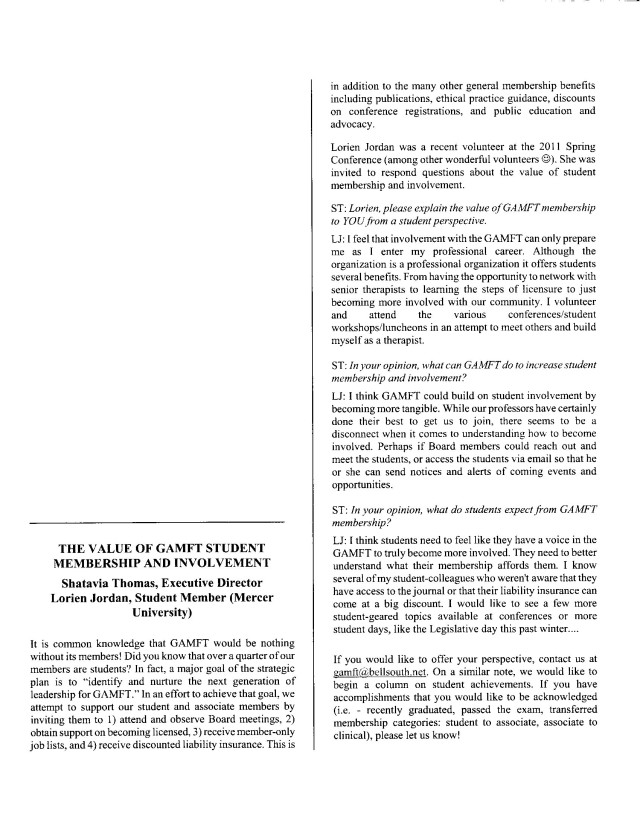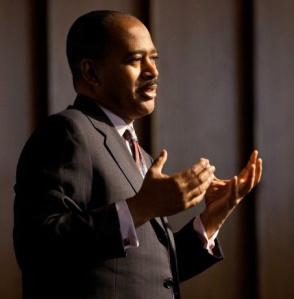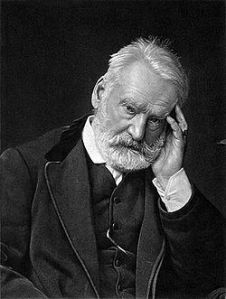I just picked up an interesting article in the APA magazine, Monitor on Psychology. It reports on 2 studies that look at American’s flashbulb memories surrounding 9/11, a rather timely article, given the recent 10 year anniversary.
What I love is how people now remember that day. My armchair quarterback psychic friends have told me how they just knew something was off that morning (these are friends who rarely got up before noon) or that something had been brewing in the air over the city the whole summer. And then, there are those who report having no memory of anything specific simply learning about the attacks from the news.
The article in Monitor, “Seared in our Memory,” discusses the flashbulb memories of 9/11. Flashbulb memories are the detailed and vivid ‘snapshots’ of the moment in which emotionally arousing news was heard, a concept made famous by the assassination of JFK. While these tend to be more accurate than other types of autobiographical memories, they are not bullet-proof. People, over time, begin to make up details that weren’t a part of the event as they tell and retell the story. As the rehearsal continues the memories get more firmly planted into our brains as truth, rather than fictionally padded truth, becoming more prominent in our memory than do the factual details. For example, a study that looked at memories surrounding the Challenger explosion, students remembered learning about the event on the news, rather than from a friend… interesting, since the same students surveyed after the explosion reported hearing it from a friend first. As David Rubin, a memory researcher says;
“Seeing it on tv is riveting and having a friend tell you about it is not riveting. You feel like a part of history saying you saw it live, when it was really the 16th replay.”
The article goes on to say that the closer you are to the sights, sounds, and smells of the event the more accurate your memories are.
I remember a few things about that day, which stand out clearly. Other memories have become blurry as I blend them into the days, weeks and months following 9/11. I had been out into the early morning at the Windows on the World bar (the bar on top of the World Trade Center’s south tower) and on the way home called in to tell work I wasn’t coming. After a few hours of sleep, I was making a smoothie getting ready to go to the gym when my cousin called. I was so happy to hear from him, we rarely got to speak and was surprised he was calling in the morning when he should be in class teaching. In panic he asked that I was ok and said that I needed to turn on the tv. I told him I would call him back (little did I know that was the last time I would be able to use my cell phone for days.) I turned on the little janky bunny-eared tv and couldn’t see anything but snow. After waking my roommate up, we went on top of our roof and having just missed the second plane, watched the black smoke pouring out of downtown.
The 2 thoughts I remember most at that moment: 1. Giuliani planned this media stunt so he could remain mayor (Bloomberg had just been made the mayor-elect) 2. I was worried that I wouldn’t get my credit card back, which I had forgotten was on tab at the WOW bar…. I think the bizarreness and irrationality of those thoughts express more clearly than anything else how mind-boggling and incomprehensible the whole things was.
As the years have rolled on, what has struck me is my reaction to people who talk about 9/11. Most people weren’t in NYC, that field in Pennsylvania, or DC on that day, but mostly everyone has extreme emotions and memories surrounding the events. I remember for a while the anger I would feel as people in small towns in remote places in the US gave their opinions about what happened, why it happened, and what needed to be done to correct it. I saw the events of 9/11 as being something that affected a community not the world. To me, it was a private pain that no amount of news coverage, political ballyhoo, candle light vigils or militia organizing could erase. I wanted the US to leave New Yorkers alone so that they could pull together and lick their own wounds without comments from personages like Jerry Falwell. I remember the day Bush came to the rubble to deliver his Independence Day speech with more seething than I can express. Politics aside, I felt like he was coming into our pain; he wasn’t there and he didn’t know.
Now, having had some time and distance from that day and the days leading past that day- the days of passing thousands of signs posted looking for family and friends, days of trying to find my own family and friends, days of no power, no cell phones, days of breathing in polluted air that you did your best to forget was comprised of buildings and bodies, days of being scared to go into trains, buildings, and planes, days of not knowing anything, not being able to go anywhere, and mostly days of complete fear and sadness- now that I’ve had some distance from those days, I realize we all have our right to our grief, (I still find no amount of words that can describe my anger when people use 9/11 as an excuse or a reason to politicize). This did affect the community and country and while some might not have been in the thick of it, the news made sure that it was seared into our memories.
From the Cruise:





 Dr. Kenneth Hardy (Professor Family Therapy at Drexel University, Director of the Eikenberg Institute for Relationships in NYC) is leading the Armour Lecture series this Wednesday. Dr. Hardy is the 2005 recipient of the American Family Therapy Academy’s Distinguished Contributions to Social Justice Award.
Dr. Kenneth Hardy (Professor Family Therapy at Drexel University, Director of the Eikenberg Institute for Relationships in NYC) is leading the Armour Lecture series this Wednesday. Dr. Hardy is the 2005 recipient of the American Family Therapy Academy’s Distinguished Contributions to Social Justice Award.